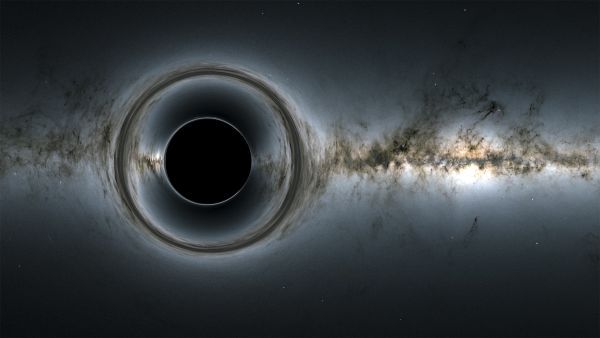
The region between our home planet and everything else in the universe is a big unknown — full of untold wonders, celestial objects so big they boggle the mind, and some truly catastrophic events.
It may be 2.5 million light-years from Earth, but Andromeda, the largest galaxy in our Local Group, is on a terrifying trajectory: It's headed straight for, and will one day collide with, our Milky Way galaxy.If a Carrington-magnitude storm were to occur now, it would cause an "internet apocalypse" — an outage that could last months, Live Science previously reported.
Black holes are obviously terrifying: These crushed remnants of a massive star that exploded as a supernova are so massive that nothing, not even light, can escape its grasp.Thankfully, it feels pretty safe to look at the first image of Sagittarius A*, the supermassive black hole at the center of the Milky Way.
But not all of the black holes in the Milky Way are as distant as the monster one at the center of our galaxy; there are thought to be 100 million black holes in the Milky Way, a large fraction of which may be wandering through the Milky Way.This year, scientists using the Hubble Space Telescope spotted a rogue black hole in our galaxy — this one only 5,000 light-years from Earth — and even measured its mass: seven times the mass of the sun.
A close supernova is unlikely; although one of the most famous red giant stars, Betelgeuse, is on the cusp of going supernova, it's nearly 650 light-years distant, meaning it is unlikely to affect our solar system.The closest supernova to Earth directly observed by astronomers in the past 400 years was 1987A (SN 1987A).
Discovered in the Large Magellanic Cloud, a satellite galaxy of the Milky Way, it blazed with the power of 100 million stars for many months following its discovery on Feb.
Many large objects lurk in our solar system, and we know only about a fraction of them.In fact, scientists now think that 90% of "planet-killer" near-Earth objects — those larger than 0.6 mile (1 km) in diameter — and around 50% of "city-killer" have been found. .
The new data set includes more than 150,000 objects in the solar system, most of them asteroids.
Jamie Carter is a freelance journalist and regular Live Science contributor based in Cardiff, U.K